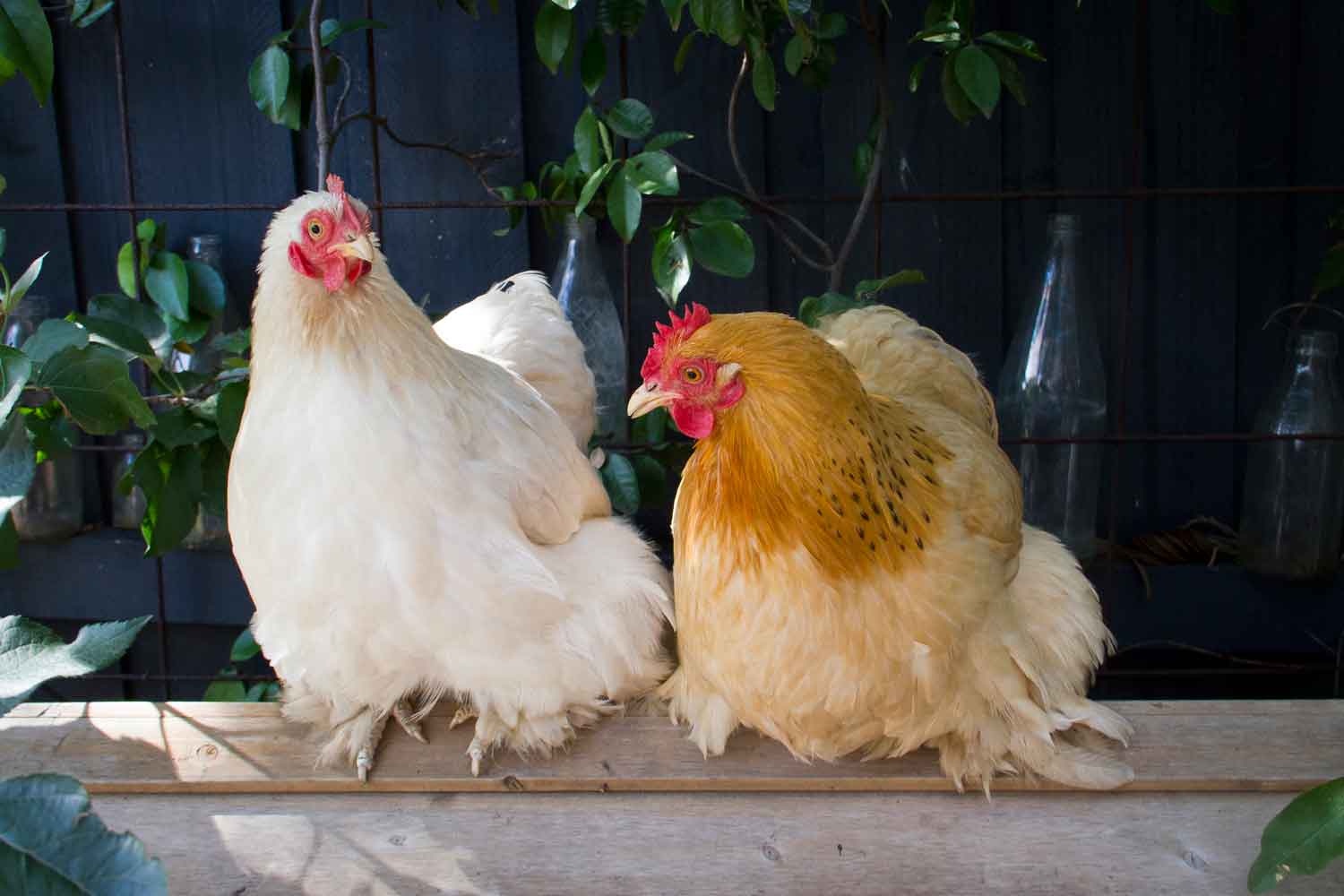Hen health checklist
2021-02-22T05:50:24+11:00
Observation is the key to success not only in your garden but for keeping your chooks healthy.
Regularly checking in on your hens is a good starting point for keeping your hens happy and healthy. Such observations will provide a benchmark so any changes in appearance or behaviour stand out. These could indicate ill health, pests and diseases, or naughty habits developing, and will be easier, cheaper and faster to deal with if caught early.
Observance could be as simple as spending time around the fowls and inspecting selected birds regularly. Smaller flock owners could implement what I call ‘maintenance Monday’ and on a chosen evening lift each bird off the perch to give them a quick physical.
A checklist is one way to be certain you’ve noticed key health indicators, and is handy if you are buying new fowls. The following gives you an idea of what to watch out for.
Body
Chooks should be of a moderate weight; to judge this, feel the keel bone, which runs from the breast down between their legs. If it’s jutting out sharply they are too thin; if too well upholstered they may be getting obese. Egg layers tend to be thinner than non-layers, but extremes either way signal possible health problems. Knowing each bird’s usual condition means you’ll notice any sudden changes.
Head
Your hen should look engaged and alert with clear bright eyes. Discharge or crustiness around eyes and nostrils is undesirable and may signal a respiratory disorder, as might repeated coughing and sneezing. The comb will be plump and red if the bird is laying, and smaller and paler if she is having her moult or winter break. A bluish comb on any fowl and a pale comb on a layer would bear further investigation.
Legs and feet
Chooks spend day and night on their feet so need them in good fettle. Healthy legs have smooth clean scales; raised, crusty or chalky scales indicate scaly leg mite.
Behaviour
Any change to normal behaviour is a signal to watch out for, but pay special attention to a bird that is depressed, hunched, sulky, off its tucker, napping excessively during the day, or not maintaining itself by preening and dust bathing. Feathers should be smooth, well preened and healthy looking, though may naturally look a bit tired by the autumn moult.






